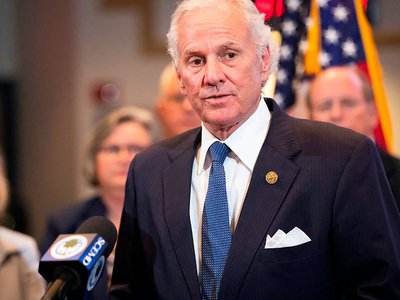U.S. consumer prices accelerated at the fastest annual pace in more than 30 years as supply chain bottlenecks and materials shortages persisted and gasoline prices surged.
The consumer price index climbed 6.2% year over year in October, the Labor Department said. The increase marked the largest annual gain since November 1990. Prices rose 0.9% month over month.
Analysts surveyed by Refinitiv were expecting prices to rise 0.6% in October and 5.8% annually.
"Inflation is broadening out," said Greg McBride, chief financial analyst at Bankrate. "In addition to food, energy, and shelter continuing to post outsized monthly increases, new and used car prices are once again shifting into overdrive."
Energy prices jumped 4.8% last month, and were up 30% over the past year. The October increase was largely the result of a 6.1% rise in the cost of gasoline.
Food prices, meanwhile, edged up 0.9% last month as the food at home category saw a 1% increase. All food prices are up 5.3% year over year.
Core prices, which exclude food and energy, increased 0.6% month over month and 4.6% over the past 12 months. Economists were expecting respective increases of 0.4% and 4.3%.
Also contributing to the rise were new and used vehicle prices, which in October rose 1.4% and 2.5%, respectively. Prices for new vehicles were 9.8% above year-ago levels while used vehicle prices were up 26.4% from October 2020.
The cost of shelter ticked up 0.5% last month and was 3.5% above year-ago levels.
"We’re seeing early signs of an inflationary surge that’s likely to persist, with companies responding to rising input costs with cost increases of their own, which in turn causes higher input costs for others," said Brad Armstrong, partner at Lovell Minnick Partners. "It’s a cycle that repeats itself."
Wednesday's hotter-than-expected report surely caught the attention of the Federal Reserve, which earlier this month announced plans to taper its $120 billion per month in asset purchases while taking notice of "elevated" inflation. The central bank still expects inflation to be "transitory."
The Fed will later this month begin scaling back its purchases of Treasurys and mortgage-backed securities by $15 billion a month, which puts its asset-purchase program on pace to end in June. Markets are currently pricing in the first rate hike to occur in July 2022.






